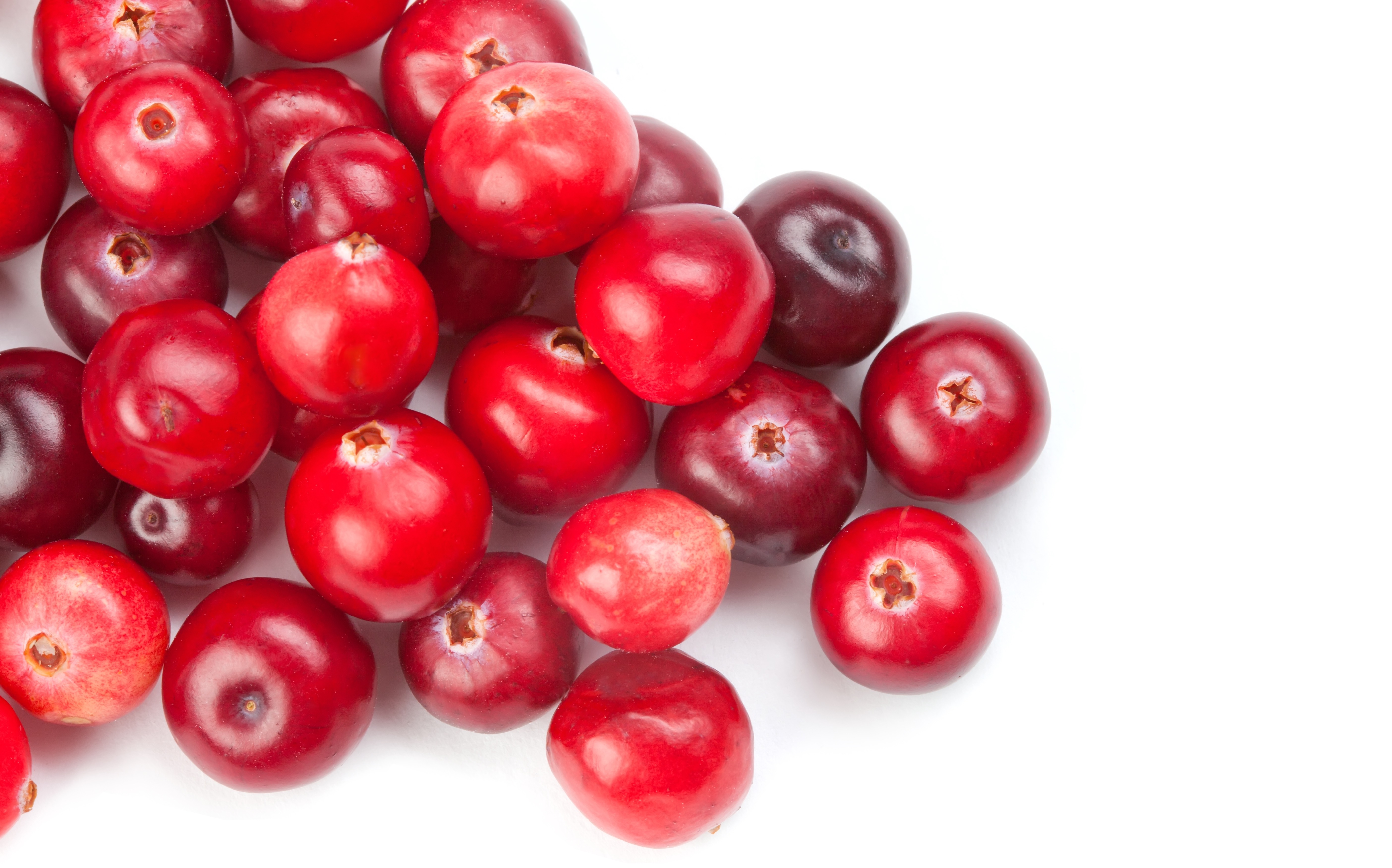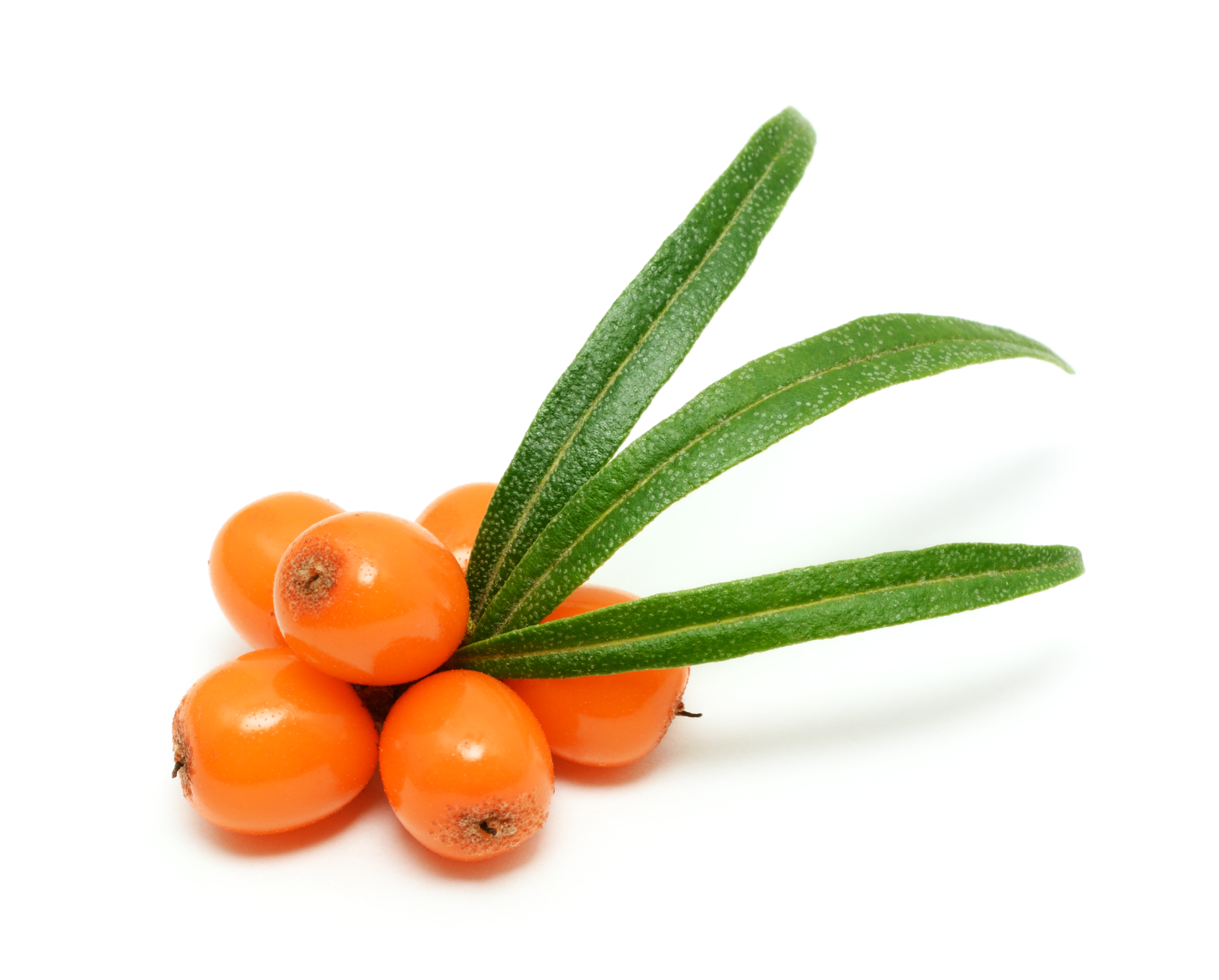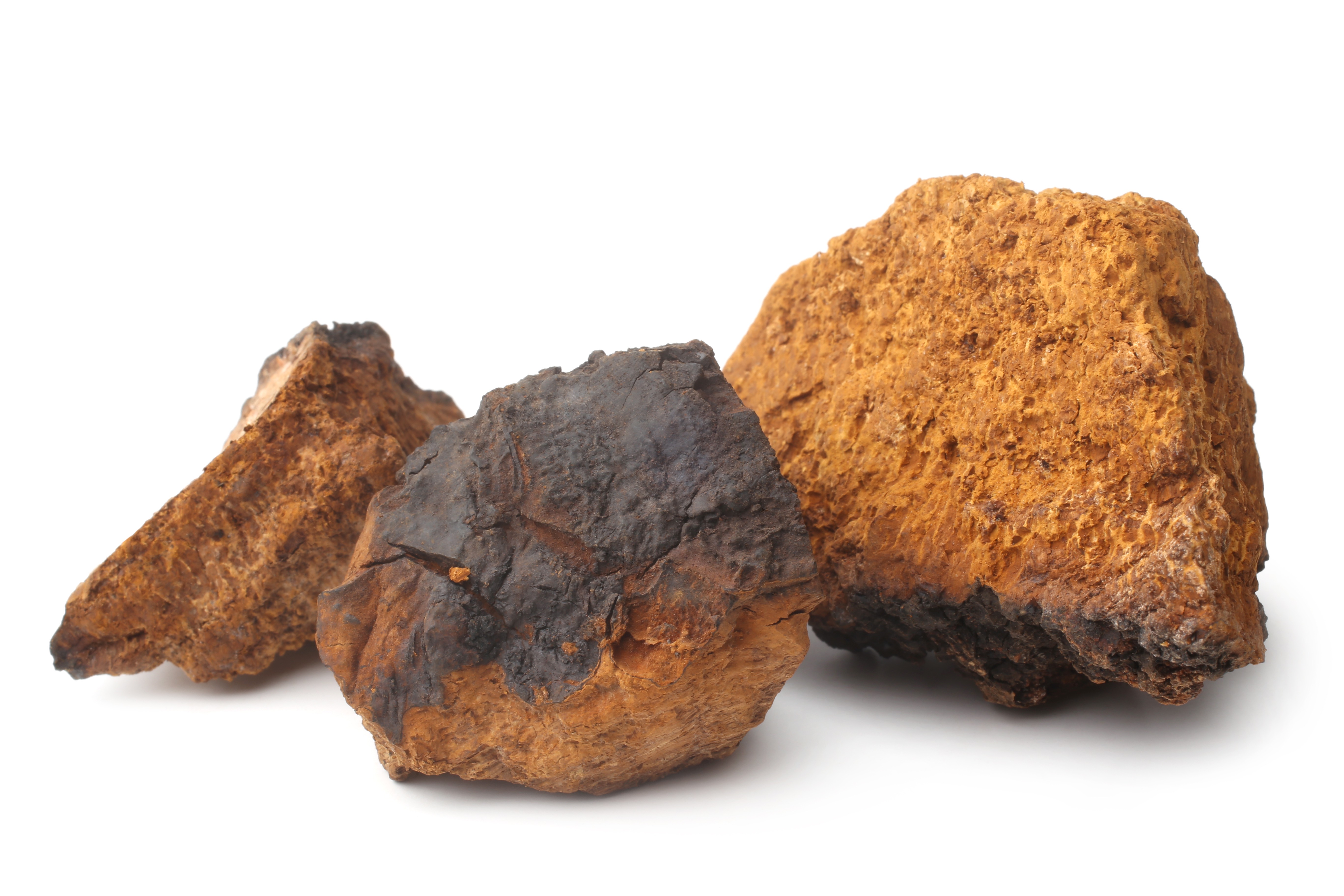
5 SUPERFOODS FROM NORDIC FORESTS

Nordic countries have been long-renowned for their beautiful landscapes, forests and the tranquility along with simple, healthy eating. Therefore, it feels slightly weird using a buzzword like superfoods to describe these natural products. They have such a long history of being part of the Scandinavian diet. What makes them so ‘super’ is that they are generally known to be good for your health. Each of them is also truly a product of the nature as they grow in the Nordic forests.
Some of these ingredients can be somewhat hard to find outside of Scandinavia but try to find a Nordic shop near you or hit me up and I might be able to help you with supply J
Let’s start with some berries, the real nature’s superfood that thrive in cool climates and grow abundantly in Nordic forests.
-
Blueberries/Bilberries
Firstly, I admit that I happily confuse the two (blueberry and bilberry) in my daily life. These two blue coloured berries are closely related but bilberries are native to Europe and often referred to as wildly grown blueberries (i.e. wild bilberries). We pick them up in forests where they grow on small shrubs and they make an excellent Scandinavian delicatessen.
Blueberries and bilberries are both packed with nutritional benefits. Alongside with vitamins, such as vitamin A, C and K, they are also known as a great source of antioxidants which in turn have been linked to many health benefits. In addition to preventing diseases, antioxidants can also protect against cell damage and promote healthy skin.
Many enjoy bilberries for their health benefits but also for their great taste. I love to use them for delicious smoothies and salads and also, on top of my morning porridge. Blueberry pie is a very traditional Nordic dessert.
This is where things can get a bit trickier in terms of finding these small red super berries. I still keep forgetting how hard they are to find when shopping in the UK as they are so readily available everywhere in the Nordics.
Anyway, if you can get hold of them then go for it. At least Scandi Kitchen has them in their selection and you can also find powdered lingonberries (check for example http://www.arcticpowerberries.com).
Lingonberries are not as sweet as blueberries which is why many people add a lot of sugar when using them in jams and other cooking. I obviously recommend not to do that. Instead, you can use them in smoothies or on top of your morning porridge without any artificial sweetening. Also, I personally love lingonberries topped with peanut butter caramel sauce. It tastes so delicious and is super easy to make hence, a perfect healthy dessert. (I should probably write down the recipe for this.)
In terms of their nutritional power, lingonberries are packed with vitamins (such as Vitamin A and C). They are also a rich source of antioxidants called polyphenols that strengthen the immune system. They are naturally high in fiber so many use them for improved digestion and metabolism. Also, with lingonberry seed oil linked to anti-aging benefits, lingonberries might even promote a healthy skin.
This small and very tart berry is often used in a juice in Scandinavia and if you ask me, has the potential to replace your morning ginger shots. A word of warning though, these berries are very, very tart so be prepared to grin when downing that shot.
Sea buckthorn berries are nature’s true super berries containing tons of healthy nutrients such as vitamins (especially rich in vitamin C), antioxidants, flavonoids and amino acids. Sea buckthorn has been used in traditional medicine for ages to treat diseases and it’s also known for its anti-aging properties, commonly used in skin care products to promote a healthy skin.
A shot of sea buckthorn juice will surely energize you with its strong kick. When visiting my homeland I often have it in the morning instead of a ginger shot. Again, you can also find powdered sea buckthorn by different brands and it’s great for breakfast smoothies and porridge toppings.
Compared to the berries listed above, these birch derived products are less common even in Scandinavia but they have been used in traditional medicine for a long time.
First up, let’s discuss birch sap. Extracted from a birch tree, birch sap contains natural sugars (namely xylitol), proteins, amino acids and enzymes.
Birch water/sap is a traditional beverage known for its restorative and detoxifying properties. Some people have it to remove toxic substances from the liver and kidneys but I’m not sure how much (if any) clinical evidence there is to support this.
Birch sugar called xylitol is an interesting product as well. You can find it as a powder which can be used as a natural sweetener instead of refined sugar. It works really well in smoothies or baking. Xylitol is also known to be very good for your teeth and mouth health in general.
Another birch derived product, namely chaga mushrooms which grow on birch trees. This ingredient too has been used in traditional medicine for centuries and it’s most commonly enjoyed as a tea.
Chaga mushrooms contain different vitamins, flavonoids, minerals, and enzymes. As opposed to birch sap, I believe there are some clinical studies proving health benefits of this super mushroom. Chaga mushroom is a super potent antioxidant and many of its claimed health benefits can be attributed to its immune boosting properties.
Enjoy chaga as a healthy tea to promote your body balance and digestion and maybe even reduce your stress levels. Chaga tea can also be a great addition to any detox diet plan.
Finally, I like to maintain a healthy skepticism when it comes to the claimed health benefits of these so called superfoods. I guess it’s still remains to be proven if these berries, birch sap and sugar and chaga mushrooms really are the ultimate secret for improved overall health and that glowing Scandinavian skin. But I think that adding them into your diet could introduce you to some new flavours and also, add another healthy ingredient on to your plate. Just consume them responsibly and in a balanced way and remember to enjoy them!






